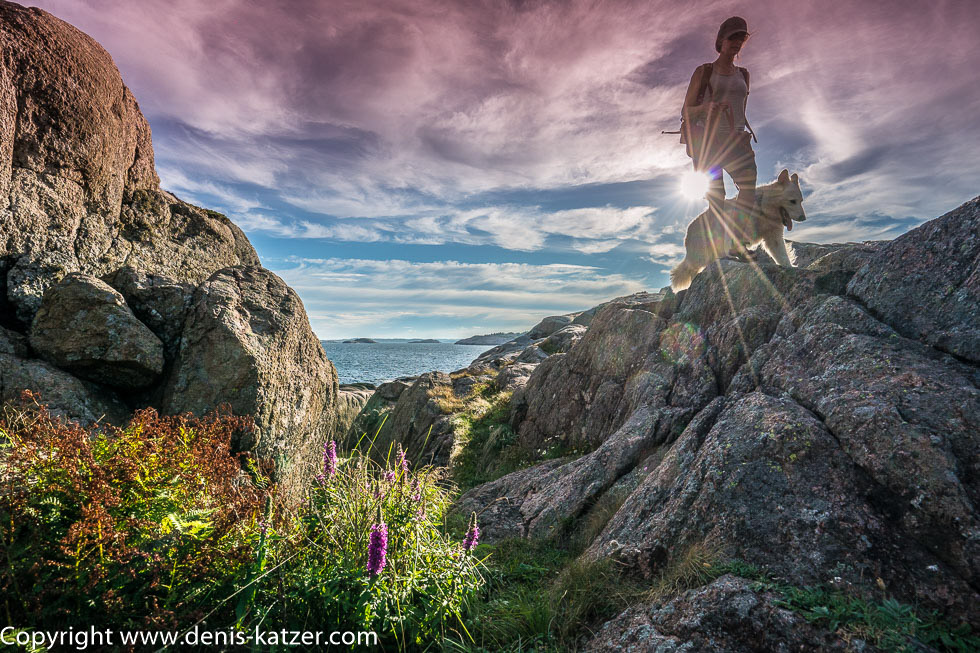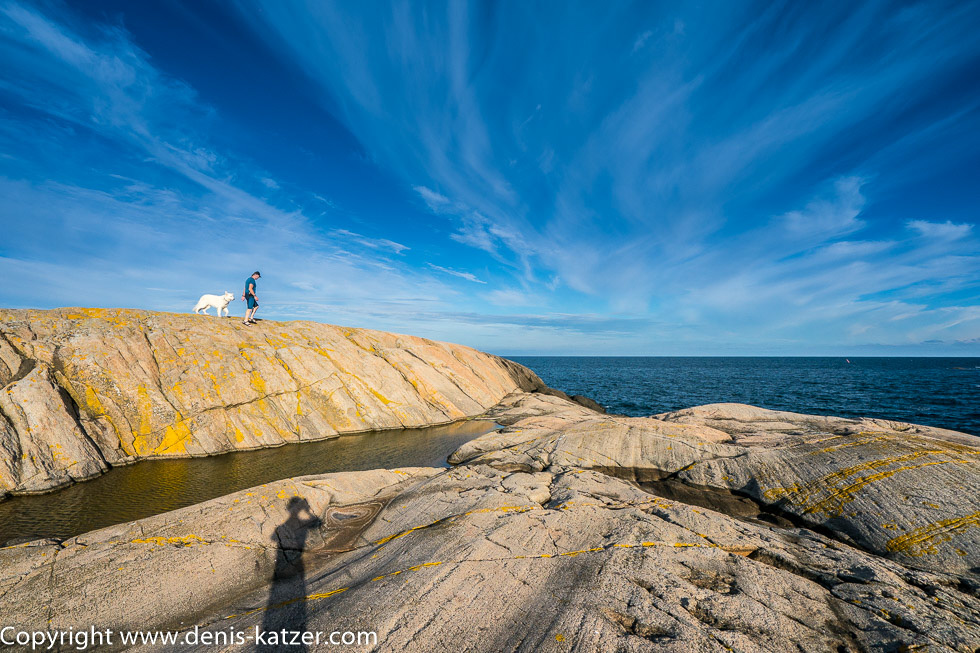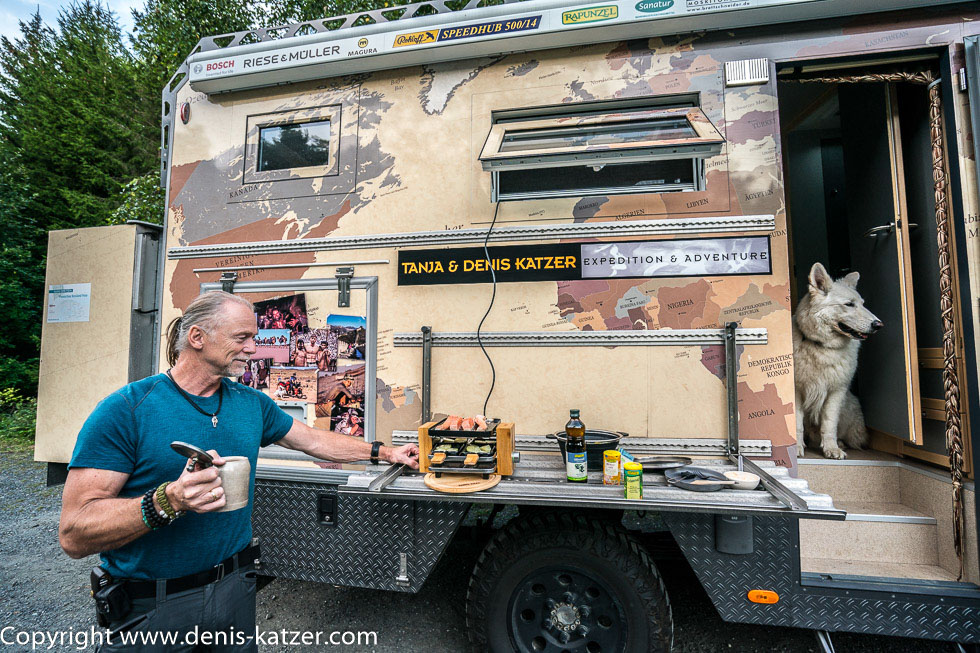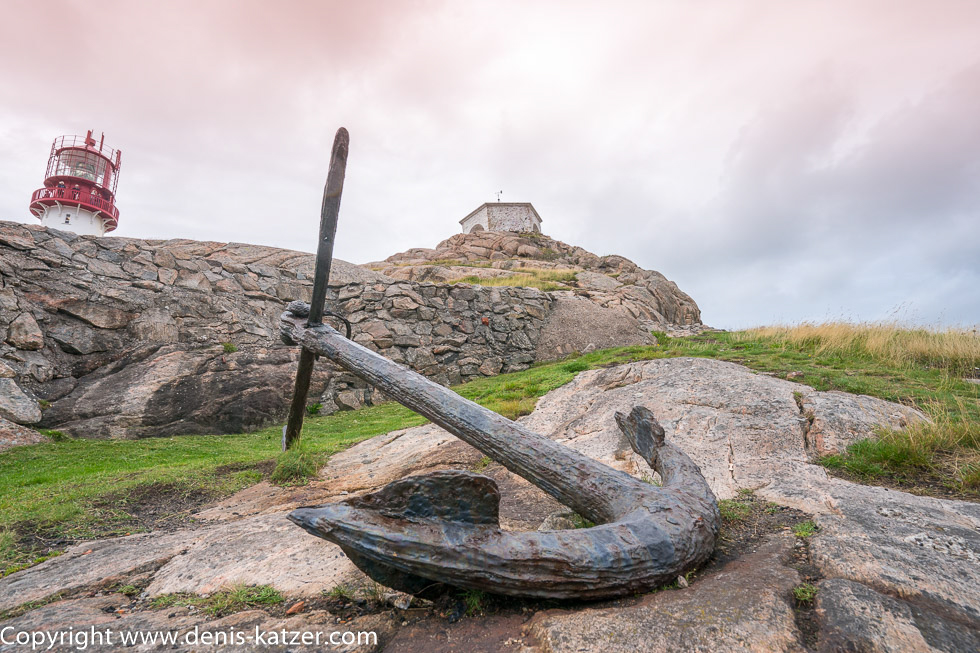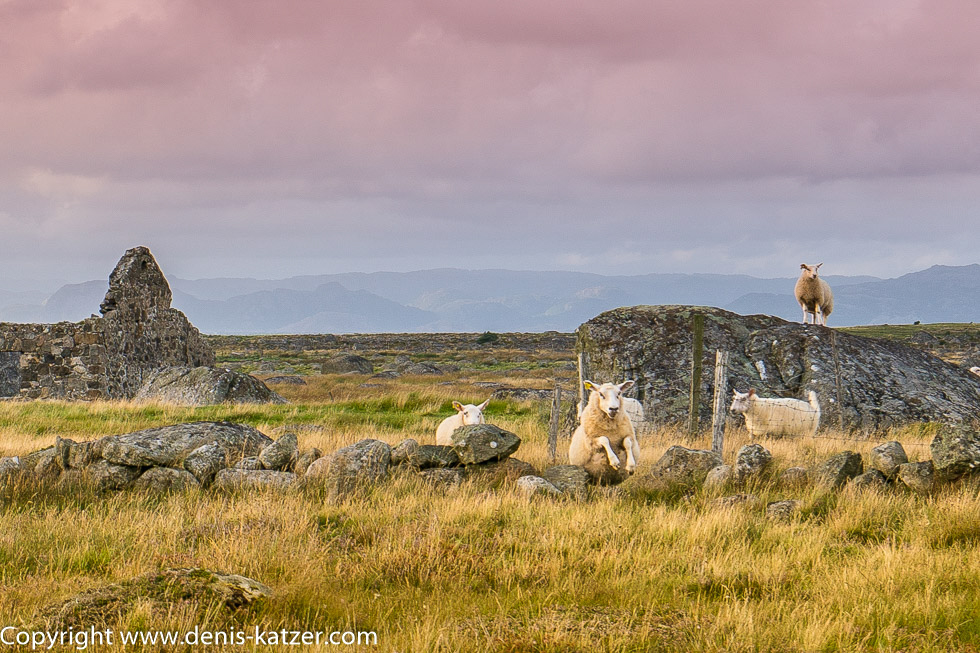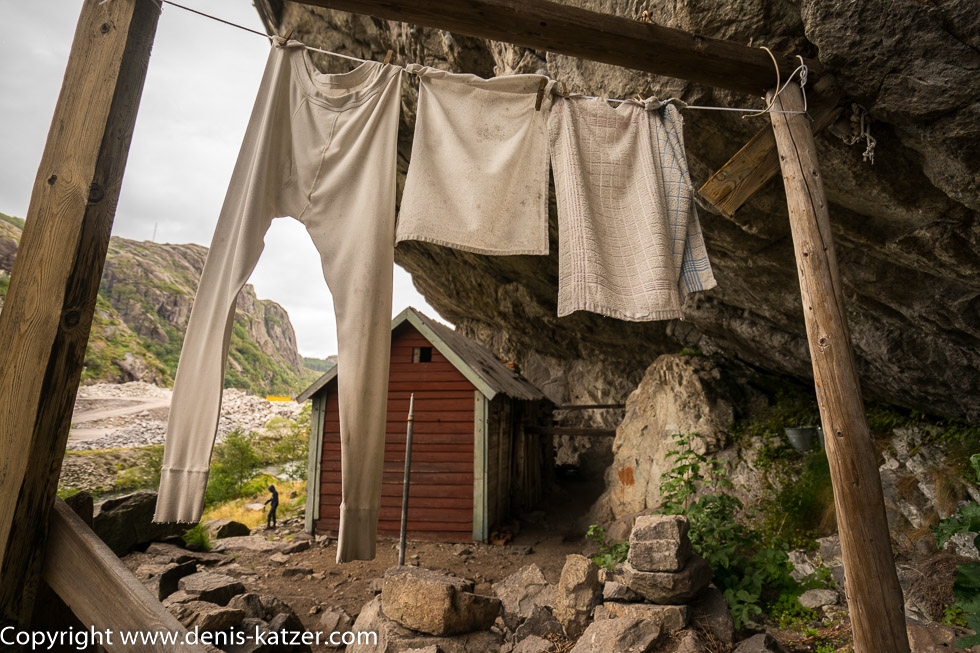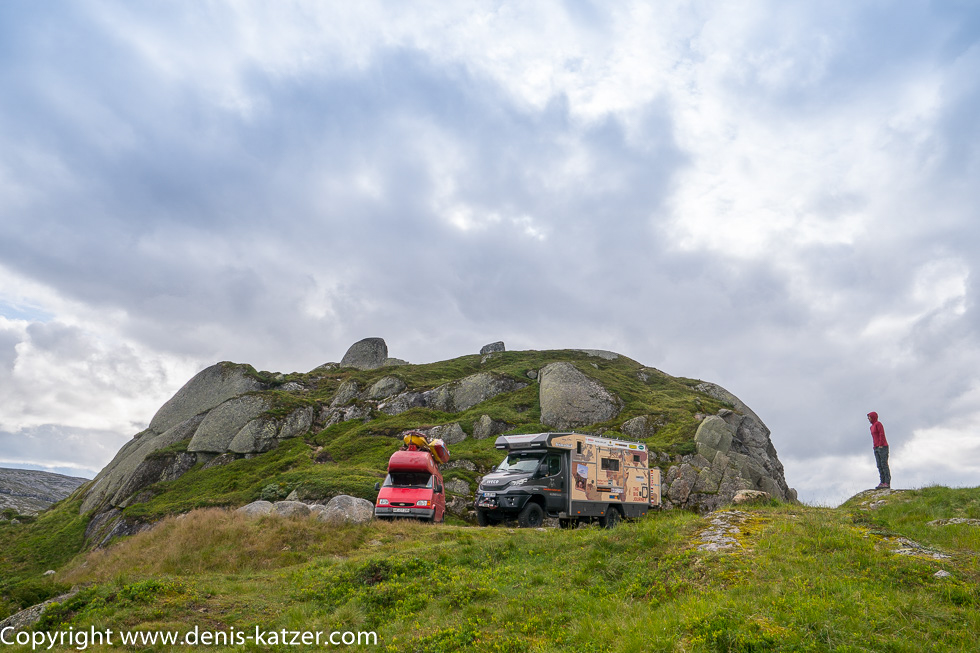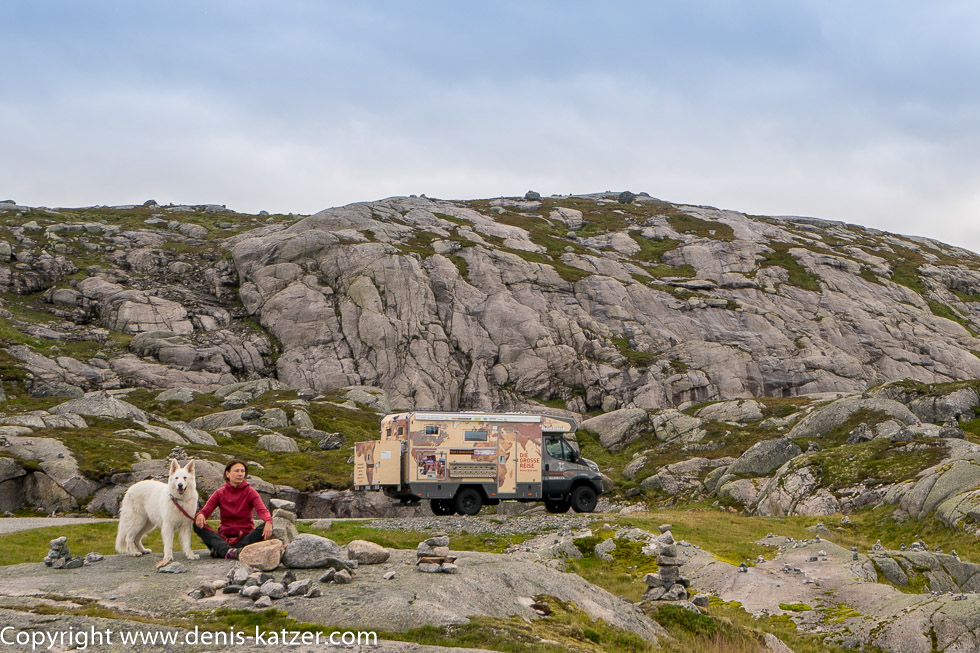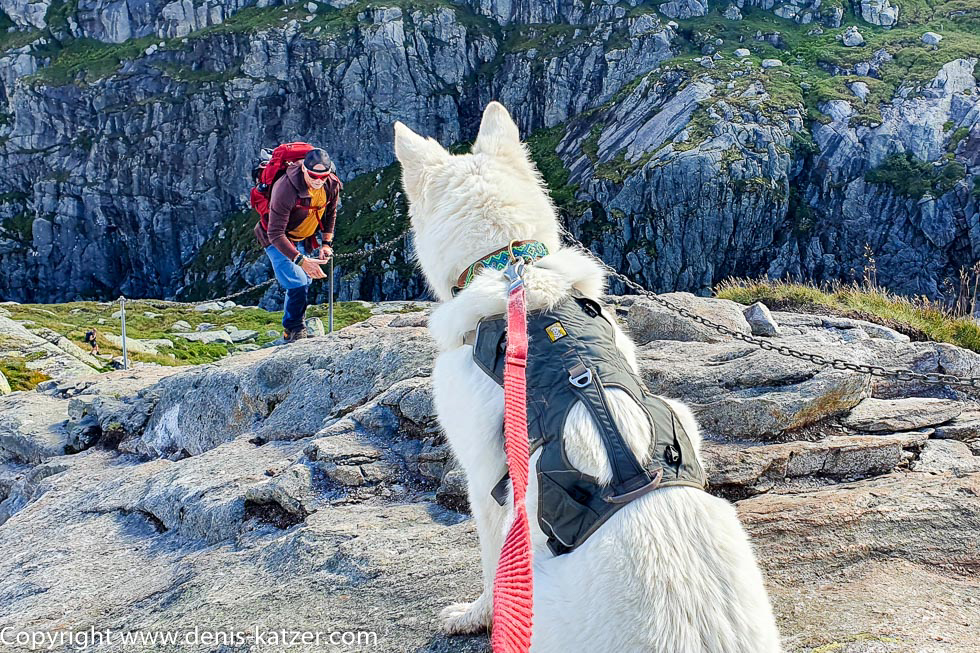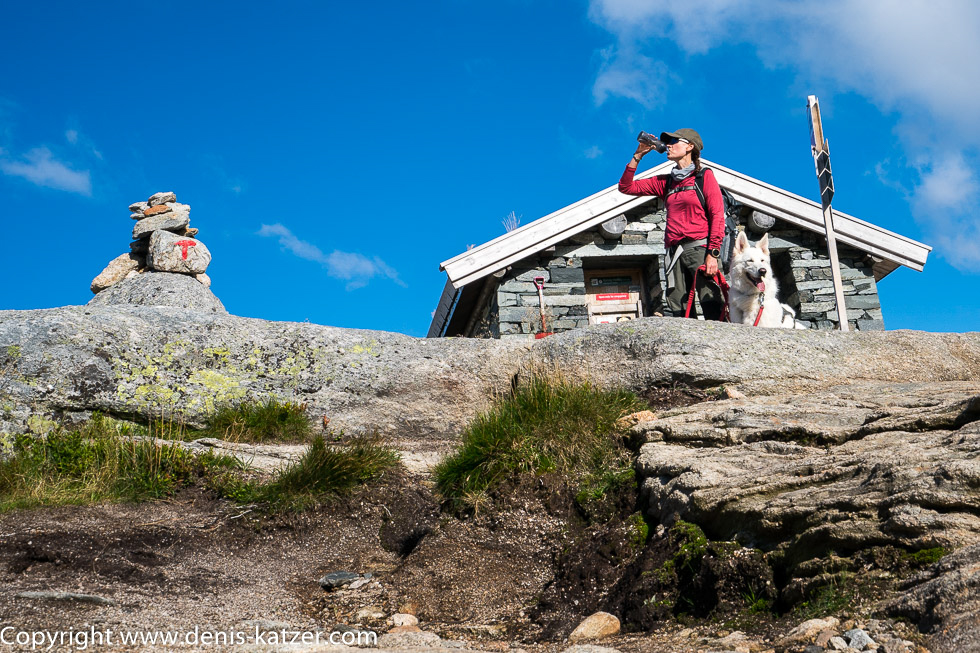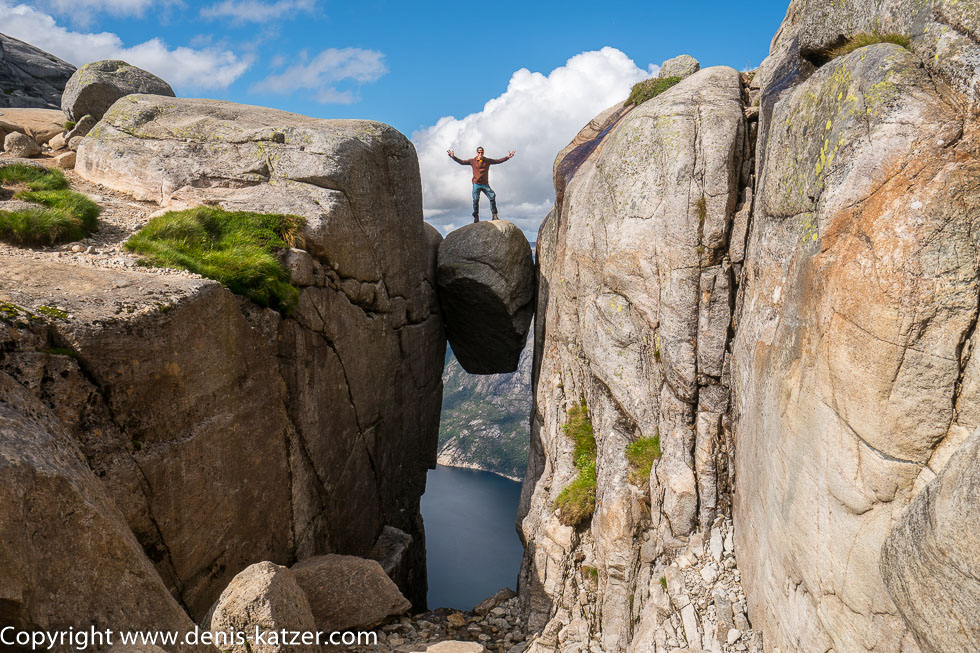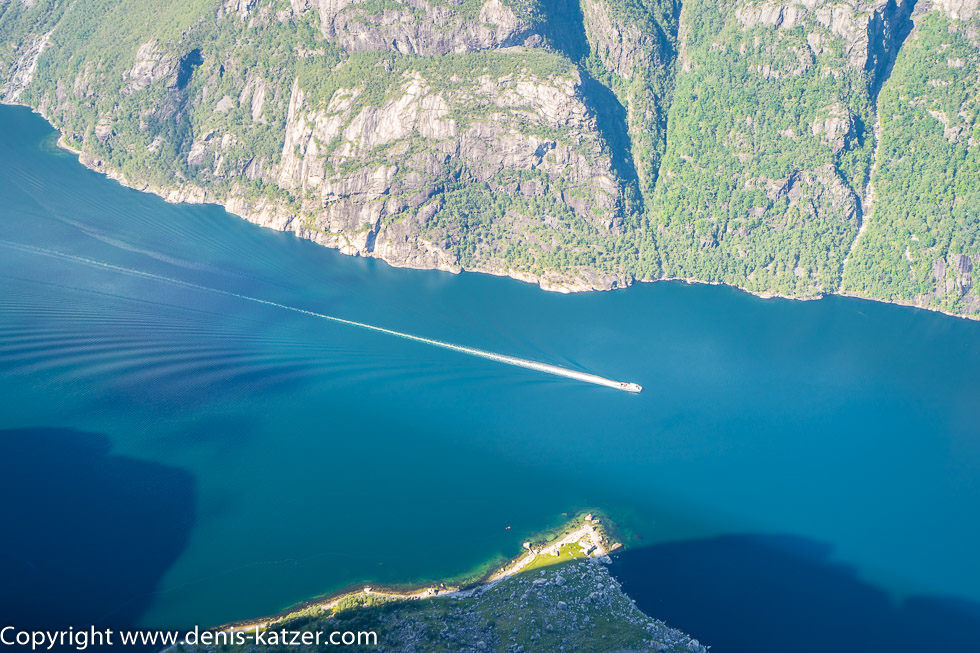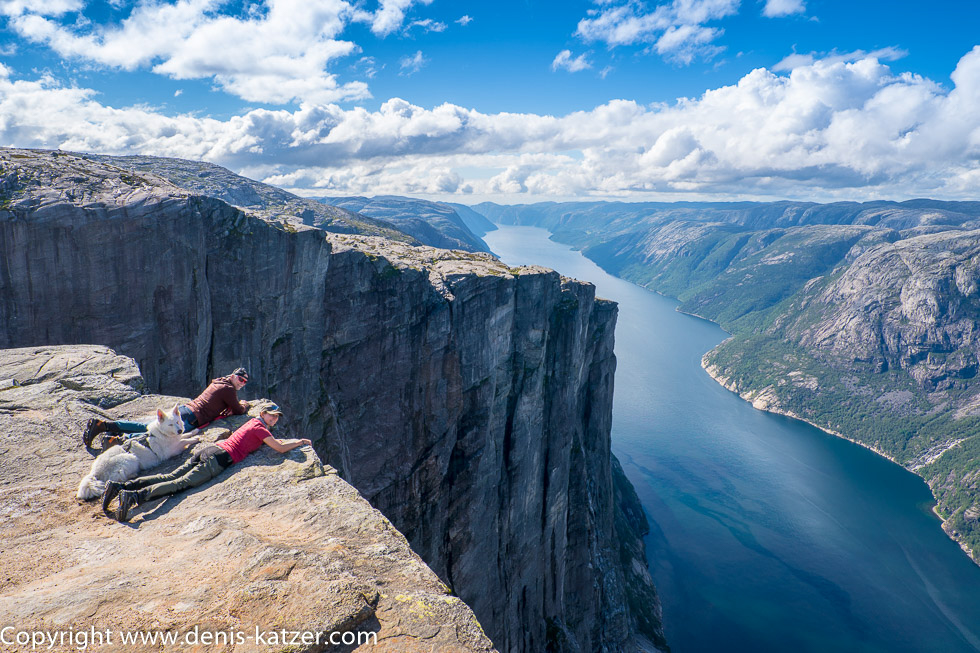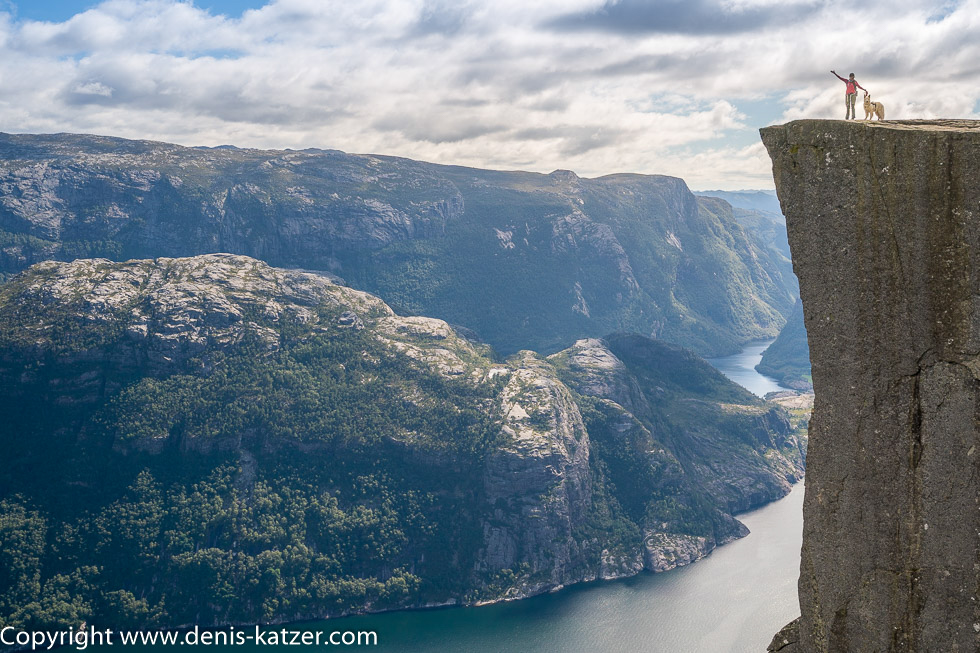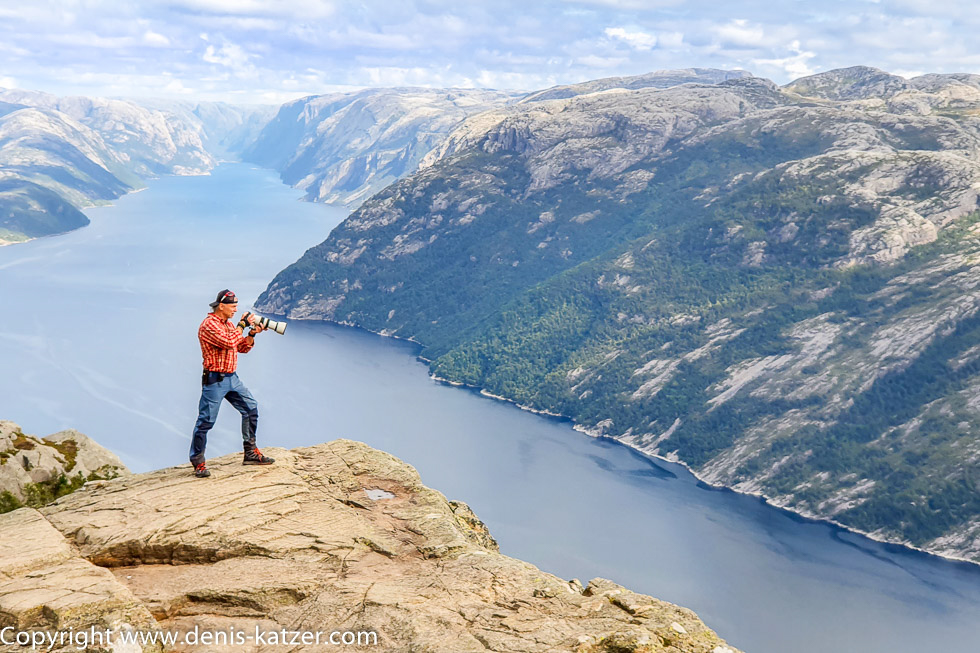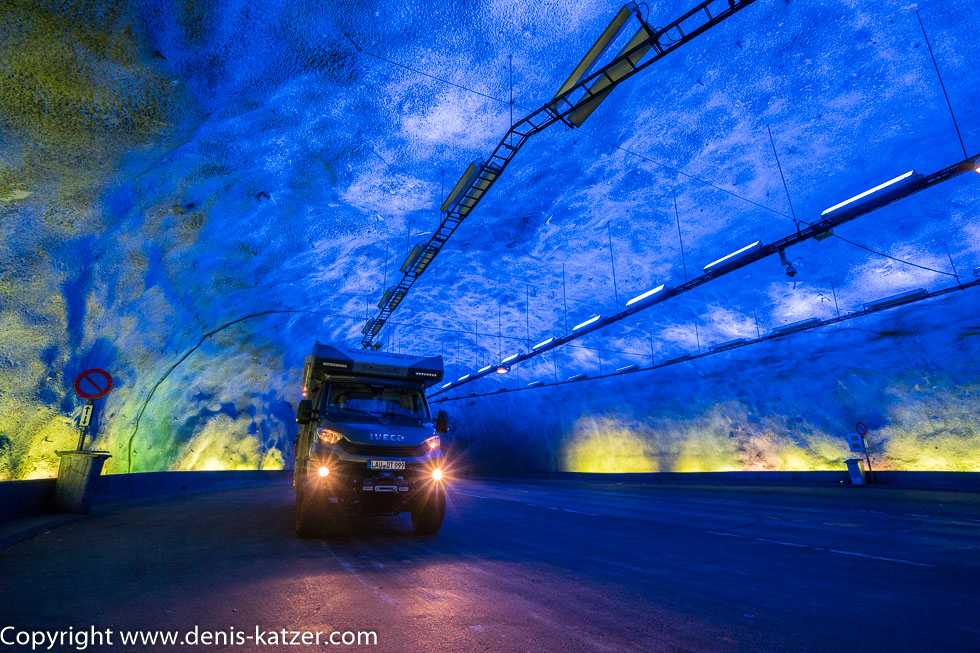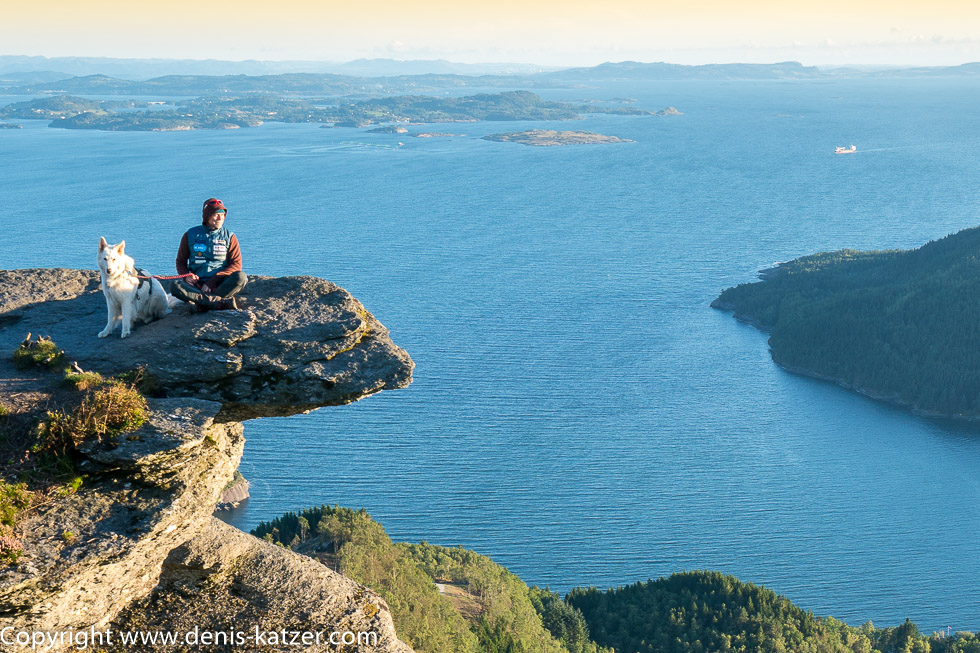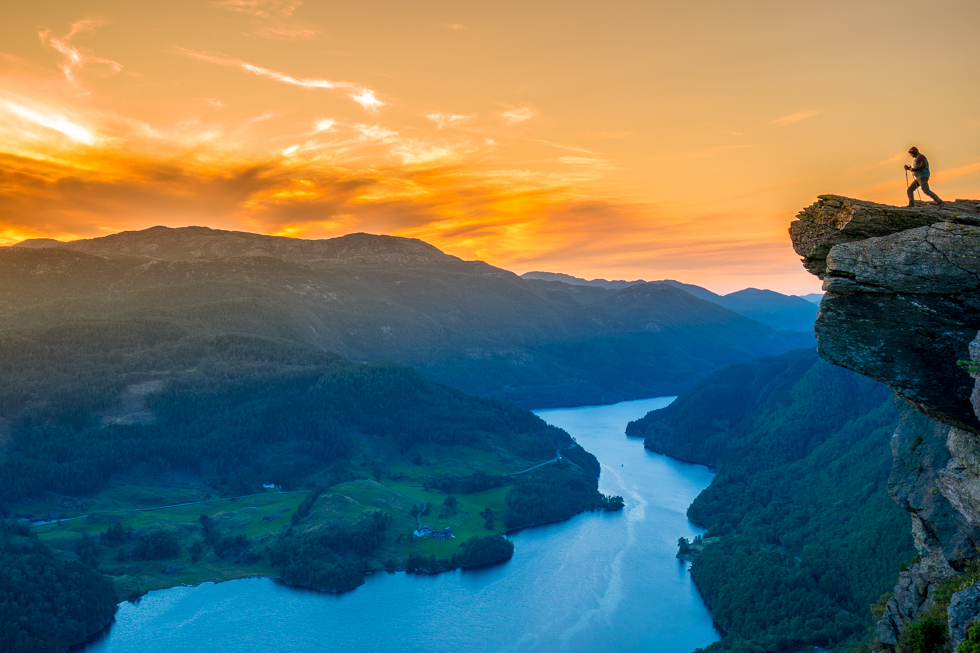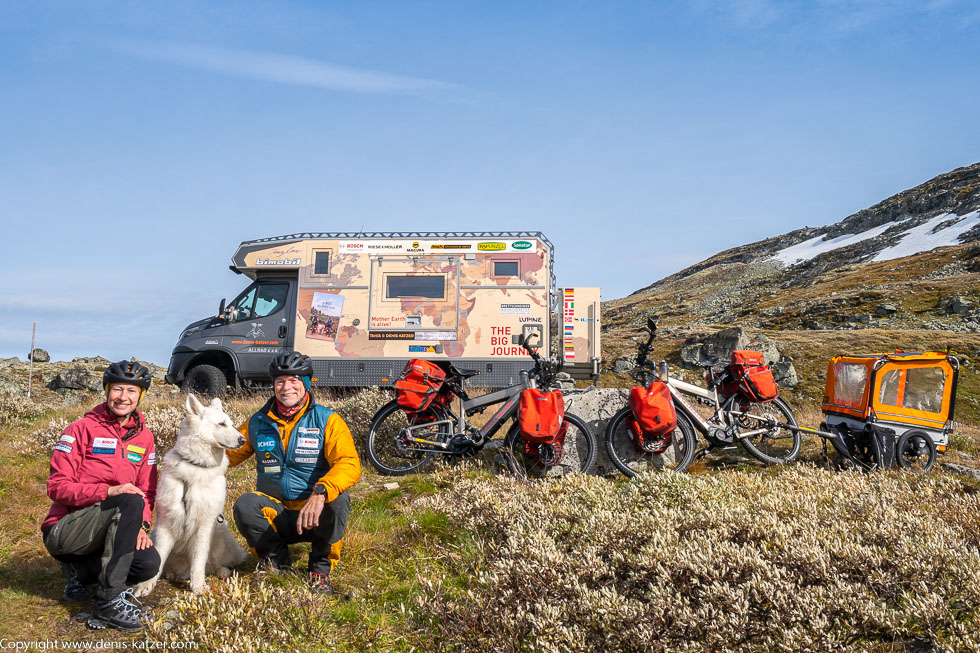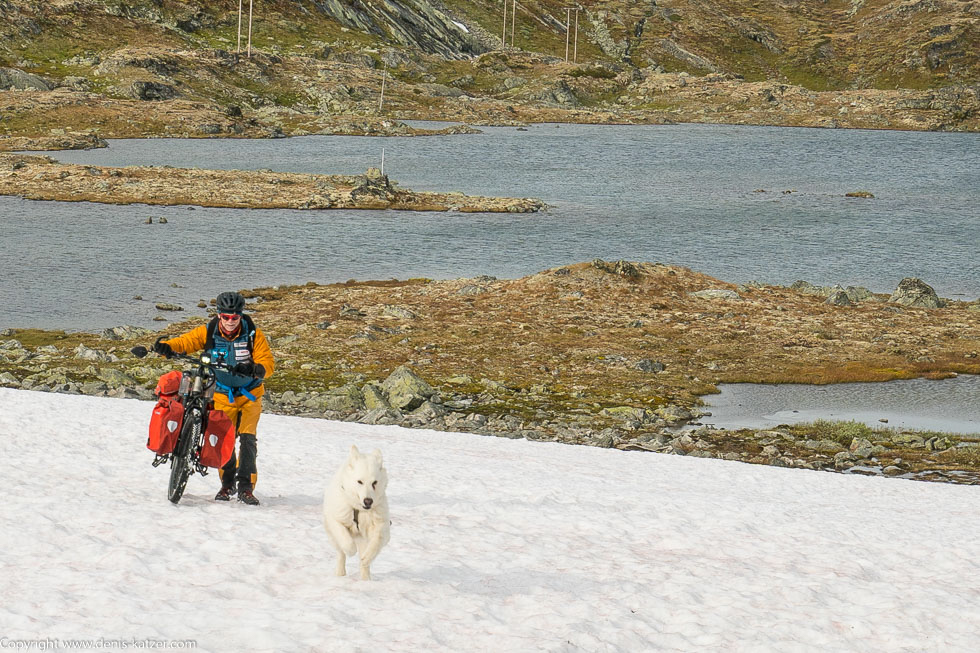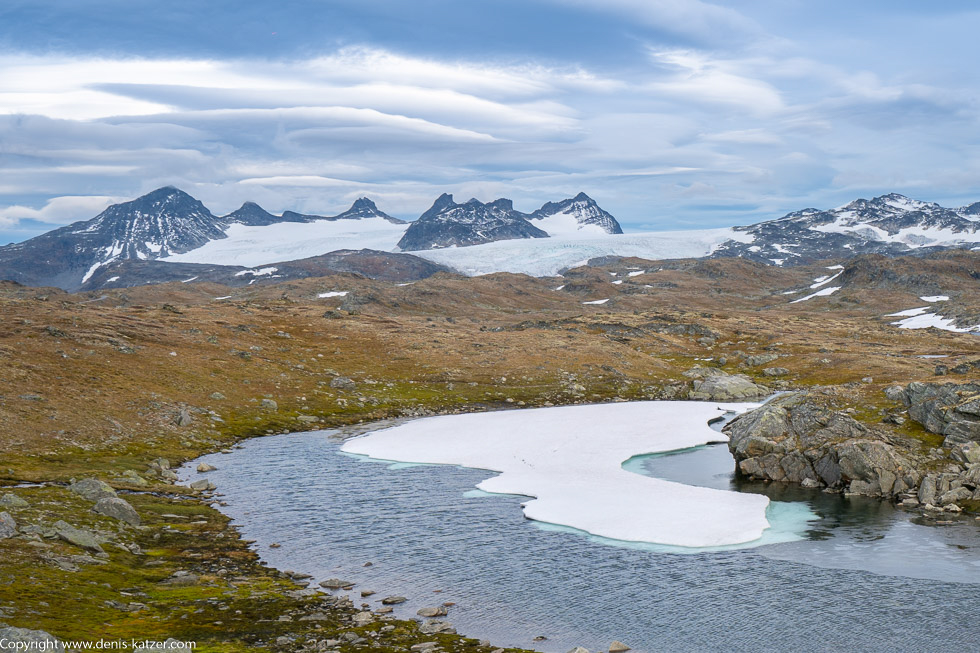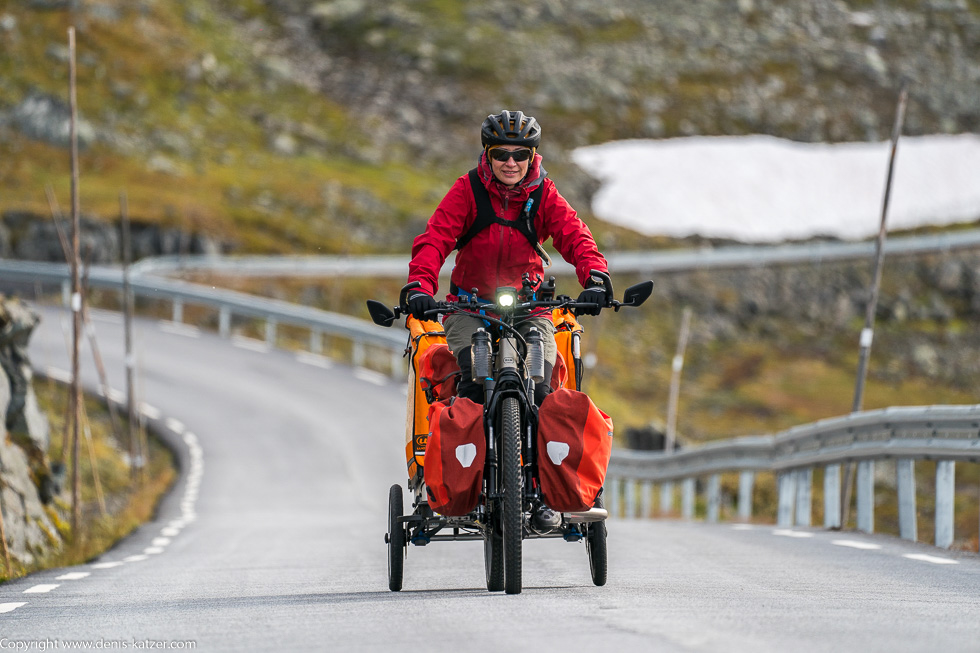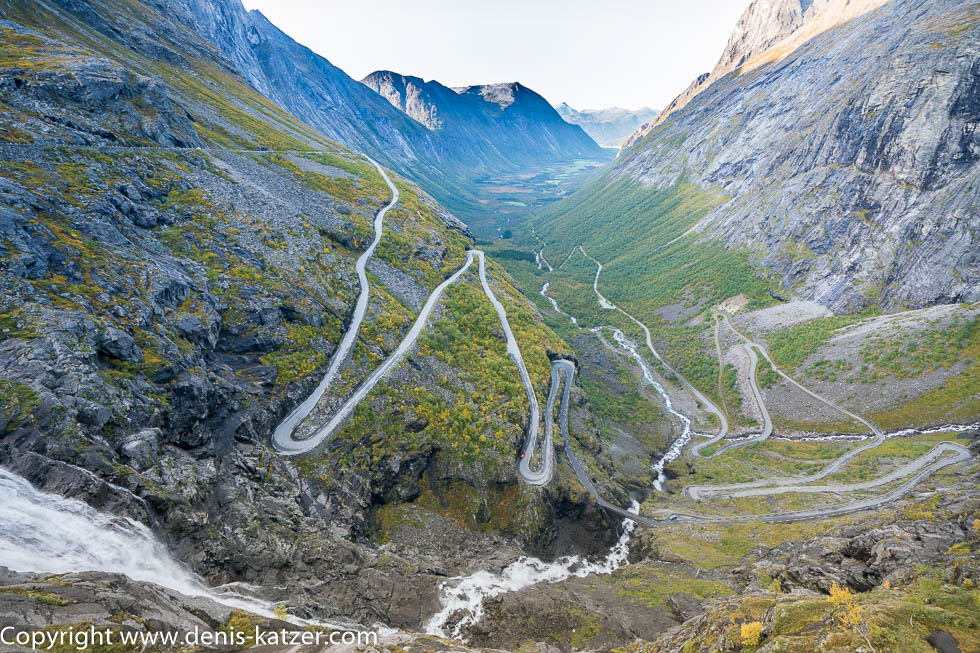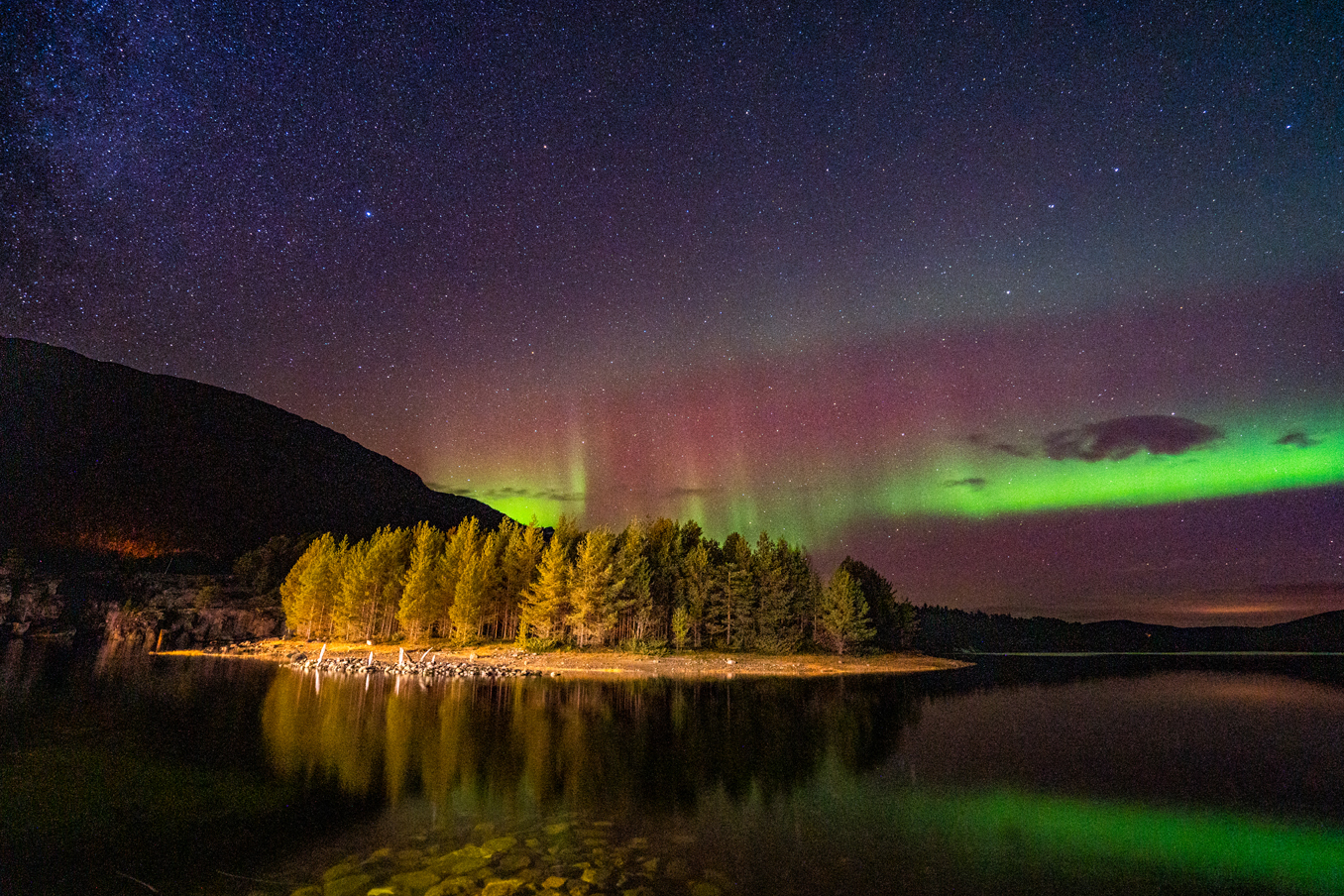
Norway – Summary – Part 2
N 49°29'04.4'' E 011°11'40.0''
Date:
06.12.2020 until 12.12.200
Day: 126 – 132
Country:
Norway / Denmark / Germany
Location:
Schwaig near Nuremberg
Kilometers:
2228 km
Total kilometers to home
11986 km
Soil condition:
Asphalt
Ferry from Kristiansand to Denmark
1
Bridge crossings from Lillehammer to Kristiansand
225
Tunnel crossings from Lillehammer to Kristiansand
69
(Photos of the diary entry can be found at the end of the text).
Click here for the podcasts!
Link to the current itinerary
(For more posts click on one of the flags in the map
“All three of us went swimming in the North Sea there. Can you remember that?” I ask my dog, who has now lain down next to me and only opens one eye briefly. I look across the lake at the many lights of the city and feel like I’m traveling back in time. The conversation with the Norwegian cyclist who approached me in a parking lot about the lettering on our Terra Love comes to mind. “The Chinese treat the Uyghurs like lepers, like scum, or rather as if they were sub-human. I have almost lost faith in humanity in China. You can’t imagine what’s going on there. They control an entire nation with all their might. Surveillance cameras are installed everywhere,” she said, quite upset. Just an hour later, we found a spot for the night in a wooded area, hiked across a rocky plateau overgrown with purple heather and visited glacial potholes, which are the largest in northern Europe at five meters in diameter and six meters deep.
Our trip was extremely varied right from the start. No two days were the same and our experiences often changed by the hour. I concentrate and try to remember everything that has imprinted itself on my brain. How unpleasant it was to have to send some of our updates from sometimes dirty fast food restaurants because of the insufficient data volume. I can still hear the electronic beeping with unease when the kitchen signaled that another hamburger was ready. On the other hand, the hikes through breathtaking nature and the visits to the many lighthouses on exposed stretches of coastline were a real highlight. Again and again we saw the remains of the famous Atlantic Wall, which was intended to protect Norway’s 3,400-kilometer-long sea border from invasion by the Western Allies. The concrete buildings and many information boards reminded us of the dark times of the Second World War, when the Germans occupied Norway.
In the parking lot of Lista fyr, we met the young couple Rebbeca and Arne, who immediately took a liking to us and invited us to their home. “We’re not planning to stay in Bergen, but if time permits, we’ll be happy to come,” we replied, hoping to see you again. On the way towards the town of Bergen, we followed a tip from a traveler to ride a bicycle trolley on a disused railroad line. Without further ado, we drove to the Flekkefjord Railway and pedaled through stylish, dripping dark railroad tunnels, over bridges along a beautifully situated lake and deep chasms. We hardly missed a single sight, which is why we spent a lot of time in southern Norway. We were beginning to have doubts about reaching our actual destination, the North Cape, before the Norwegian winter froze the land.
“Can you remember the flying fire extinguisher?” I ask. “Wooouuuuuiii!” howls Ajaci. “Well, it wasn’t that bad. He just scared you when he fell out of the cupboard. You cried your ears off for at least 2,000 kilometers afterwards. I’m glad you finally calmed down again,” I say, stroking his head. “Wooouuuuuiii!” “What’s the matter, do you want to go back to the mobile?” “Wooouuuuuiii!” “I’m sure Tanja hasn’t finished eating yet. Let’s enjoy the unique atmosphere out here a little longer,” I reply, whereupon he puts his head down again and waits to see what else I can think of about our trip. We visited the old wooden houses of Helleren, which huddle under a 60-meter-high rock overhang where hermits used to live. However, they were not the first inhabitants to use the overhang, as archaeologists have found traces from the Palaeolithic period which indicate that people were already living there a million years ago. Talking animatedly about having been confronted with our ancestors from the Palaeolithic Age, we drove on and overcame a pass road that was closed due to a driver who had plunged to his death in his car shortly beforehand. A reminder to drive very carefully on these mountain roads, some of which are narrow. We climbed up to 1000 meters, spent the night between rock giants and hiked to the famous Kjeragbolten, one of the most dangerous photo hotspots in the world. I remember the fear I felt when I climbed the five cubic meter small round boulder that hovers 1084 meters above the abyss, wedged between two rock faces. My muscles began to tremble uncontrollably and Tanja took a photo of the crazy scene. A short time later, we were on a cliff edge from which more than 53,000 base jumpers are said to have plunged into the depths. We were looking out over the Lysefjord, a thousand meters below us, when at that very moment a ship pulled gentle waves behind it, lapping against the shore in long waves. The sight was undoubtedly one of the most beautiful and spectacular of our entire travel life. We got lost on the way back. Crevasses, chasms and glacier tongues blocked our progress. What a dangerous situation that was. “We were really lucky to find the right path again,” I groan, whereupon Ajaci stares at me again. “Apart from flying fire extinguishers, hardly anything can scare you, can it?” I say, stroking his back.
My flight of thought takes me to Tanja’s birthday, which we spent hiking to Preikestolen, whose famous cliff edge plunges 604 meters into the depths, and to the small Troll Tongue, which we hiked to the following day. For hours, we looked out over the seemingly endless Arctic Ocean from up there and enjoyed the spectacular sunset.
We heard stories and tales of trolls and mythical creatures until we thought we recognized them in the dense forests. We had our challenges finding LPG filling stations to fill our gas tank and therefore had to take many a detour. When two weeks of continuous rain literally drowned the country, we got to know Norway from a different, for us unpleasant side. We made the best of the situation, stayed in one place to do our paperwork and when the sun finally came out again we continued our journey. We crossed the Laerdal Tunnel, which at 24.51 kilometers is the longest tunnel in the world. We worked our way up to the dizzying heights via countless hairpin bends. We were crawling along a gravel road at walking pace through a narrow, blind bend bordered on the left and right by jagged, sloping rocks when suddenly a Tesla shot towards us. It slid past the Terra’s radiator at a distance of a few centimeters. A few moments later, a second Tesla sped through the bend. Stones and grit hit the windshield. He also just missed us. We were aware that we had been protected by a divine ray. We thanked the guardian angels and continued our exciting journey over the mountains.
Crossing Europe’s largest continental glacier, the Jostedalsbreen, on our e-bikes was an impressive experience. Impressive how the snow and ice fields to our left and right ducked into crevices and oversized hollows and the imposing rough mountains whose icy rocky peaks stretched out into murky clouds that heralded a storm.
We climbed the Dalsnibba mountain massif, looked out from there almost 1500 meters into the famous Geirangerfjord and enjoyed the last daylight over the Trollstigen, Norway’s most famous pass road. The next morning we hiked along narrow paths and golden yellow lichen clinging to rough rocks to the opposite side of the Adlerstrasse. From this perspective, it appeared to us like a Japanese calligrapher’s brushstroke, drawn across the steeply sloping rock massif. Norway constantly offered us its diverse and magnificent nature, so that we never ceased to be amazed. But we were also impressed by the helpfulness of the Norwegians and I think of Øystein who reset the on-board computer of our Terra Love. When I asked what he was getting in return, he said: “What do I get?” “Well, what do I owe you?” I asked. “Nothing. I was very happy to help you. It was a great pleasure to chat with you. We off-road riders have to help each other,” he replied with a laugh. “It’s amazing that there is such a willingness to help even in rich countries,” I think, as we have often experienced extraordinary helpfulness in poorer countries…
